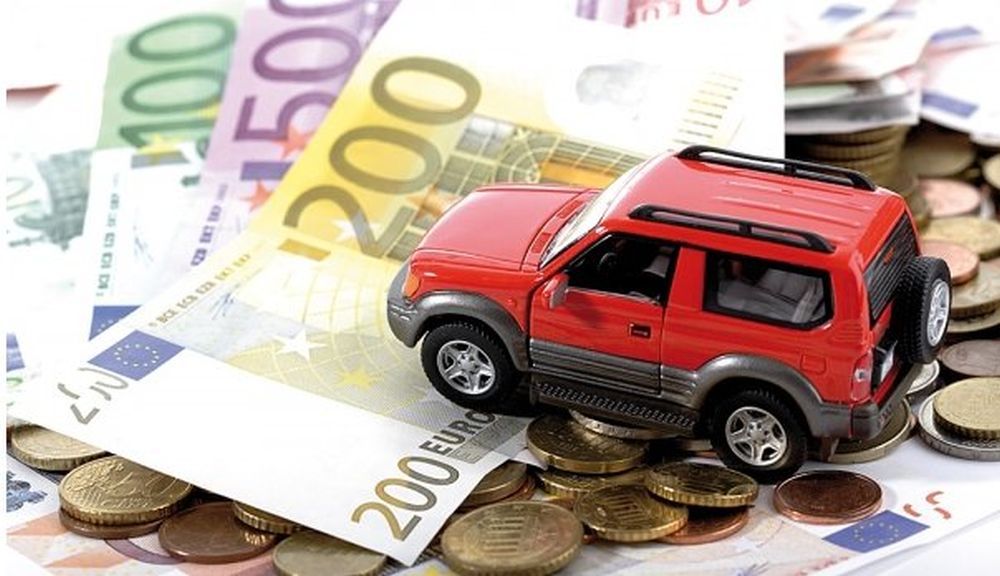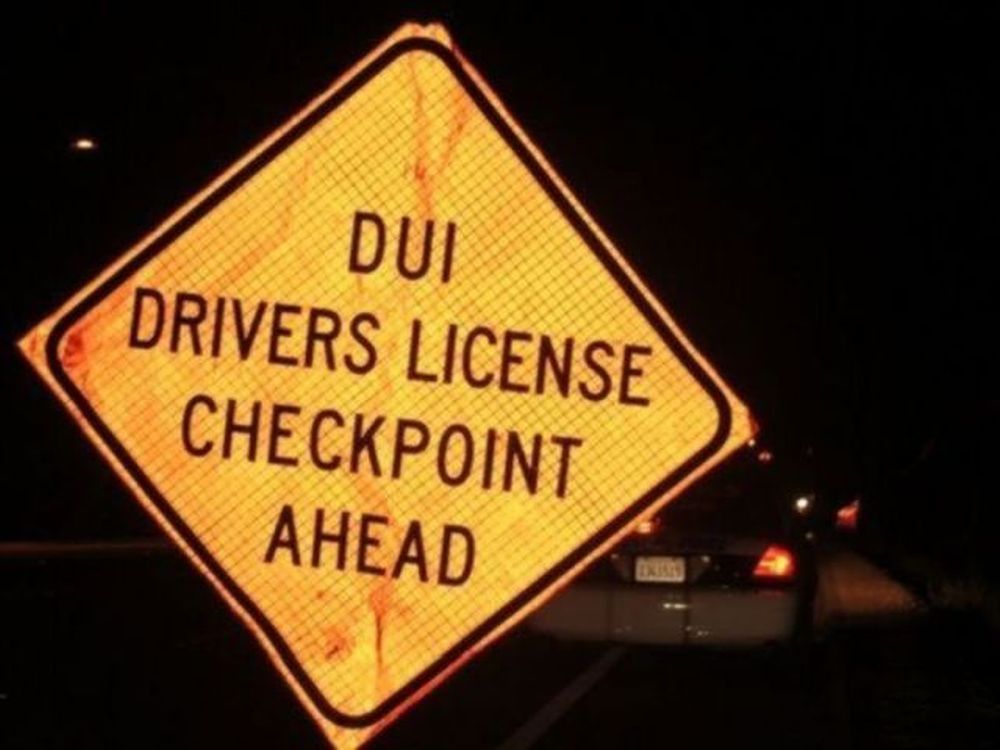Lowering Costs with Insurance for Young Drivers
Nowadays, insurance costs can be a burden for young drivers. The cost of insurance can be intimidating and hard to deal with. It’s important for young drivers to know how to lower these costs while maintaining good coverage. Here are some helpful tips on how to manage lower costs with insurance for young drivers.
Firstly, young drivers should shop around for the best deal. Researching different insurance companies and their policies is key. A good starting point is to look at insurance comparison websites and read their reviews. This way, young drivers can get a better understanding of what works best for them.
Secondly, take advantage of technology to make insurance more affordable. By utilising online services provided by insurers, young drivers can be sure to get the best deals. They can also benefit from discounts and custom-made policies if they’re savvy with technology.
Next, consider the basics of running a car. It is important to maintain a good driving record. Young drivers should encourage themselves to drive safely, as this will help keep the costs down. Additionally, they should consider installing an anti-theft device on the car, as this can lead to savings. Finally, young drivers should consider their options for discounts. For example, if they’re part of a college or university, they may be eligible for discounts on their premiums.
But there are also other ways of lowering the cost of car insurance. Young drivers should look into bundling insurance with other services such as home or renters insurance. This way, young drivers can get a multi-policy discount which can adds up over time. They can also consider dropping collision or comprehensive coverage. This should be done only after carefully weighing the risks.
Young drivers should also consider raising their policy deductible. When done carefully, increasing the policy deductible will lead to lower premiums.
Finally, young drivers should consider the trade-offs between lower premiums and better coverage. Compromising on coverage can be dangerous and lead to unforeseen costs in the long run. It is important to find the right balance and try to weigh what is truly best for one’s individual situation.
Although it can be intimidating for young drivers to manage their insurance costs, with a bit of research and sensible policy-making, they can make smarter decisions about their car insurance. There are lots of options available to young drivers and it pays to familiarise oneself with the different features and benefits that come with them. If possible, young drivers should always try to increase their knowledge base about the world of insurance before making a purchase.
Furthermore, young drivers should talk to their parents or guardians about their insurance needs and habits. Getting wise council and advice from the elders in one’s family can go a long way in ensuring the safety and stability of one’s coverage.
Young drivers should also look for other areas to save money. They can look for discounts for low mileage or shop around for cheaper fuel. This way, the cost savings can be used to cover the cost of insurance.
The key is to manage risk and spend wisely when it comes to car insurance. Driving a safe vehicle, keeping a good driving record, and finding discounts are all good ways to save money. Not only that, but young drivers should also consider maintaining a good credit history, as this can sometimes influence their premium.
The importance of taking precautionary measures cannot be overstated. Young drivers should educate themselves on the basics of car insurance so that they can be sure to get the best coverage for their needs and budgets. It’s worth spending some extra effort now in order to get the right kind of coverage and ensure long-term savings.
In addition to having the best coverage, young drivers should also look into ways to reduce car expenses. It pays to shop around for the cheapest fuel prices, for example. Regularly checking car tyres and getting them replaced when necessary is also a good idea. It saves time, money and helps maintain a good driving experience for young drivers.
Young drivers should also find out about additional coverage options. They need to decide what works best for them, and how much they’re willing to spend for it. They can look into getting personal accident benefits, medical coverage, and accidental death coverage. It may be worth looking into short term and long term coverage options to see which one works best.
Finally, young drivers should consider bundling insurance with other services such as homeowners or renters insurance. This is usually a great way to save money and get discounts. Additionally, they should look for insurers that offer discounts for being a repeat customer or having multiple policies.
To summarise, lower costs with insurance for young drivers can be achieved when they shop around, take precautions, research and take advantage of available discounts and other options. Taking the time to understand one’s own needs and budget is essential in striking the right balance between coverage and cost-effectiveness.
In conclusion, when it comes to managing costs for young drivers, the key is to do your research and seek out the best options. All of the above tips are useful in getting the right kind of insurance. Young drivers should take their time to learn as much as they can about policy options and also explore for discounts. In the long run, this will help them save time and money.



